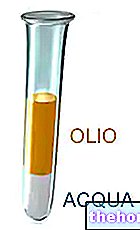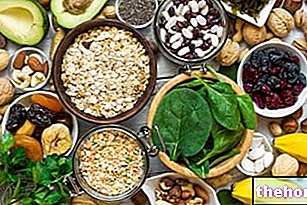
The presence of homocysteine in the blood, up to 5-12 micro moles per liter (μmol / L), is normal; this means that its production is completely physiological. On the other hand, for one or more causes, it can rise beyond the usual limits defining a condition of hyperhomocysteinemia (HHcy).
These circumstances, according to what has been determined through various scientific studies - in any case still under development and clarification - can prove to be harmful to health. In this case, too much plasma homocysteine constitutes a cardiovascular risk factor and more.
Homocysteine in the body is measured by blood tests. On the other hand, in free form, it is partially expelled by renal filtration and, consequently, is also detectable in the urine.
Bringing homocysteine back to the right levels is possible. The body defends itself from the excess of this amino acid thanks to the use of a specific water-soluble vitamin of the B complex, folic acid; vitamin B12 (cobalamin) and B6 (pyridoxine). A diet rich in these nutrients, taking care not to damage them by cooking and preserving them, helps to prevent and treat hyperhomocysteinemia. By the same principle, specific food supplements come in handy - it should be emphasized that, however, the correlation between nutritional intake and homocysteinemia is not always linear.
between 5 and 12 μmol / L. The optimal dose could be around 7 μmol / L.For further information: Homocysteine values , thrombosis, embolism, myocardial infarction and stroke.




























